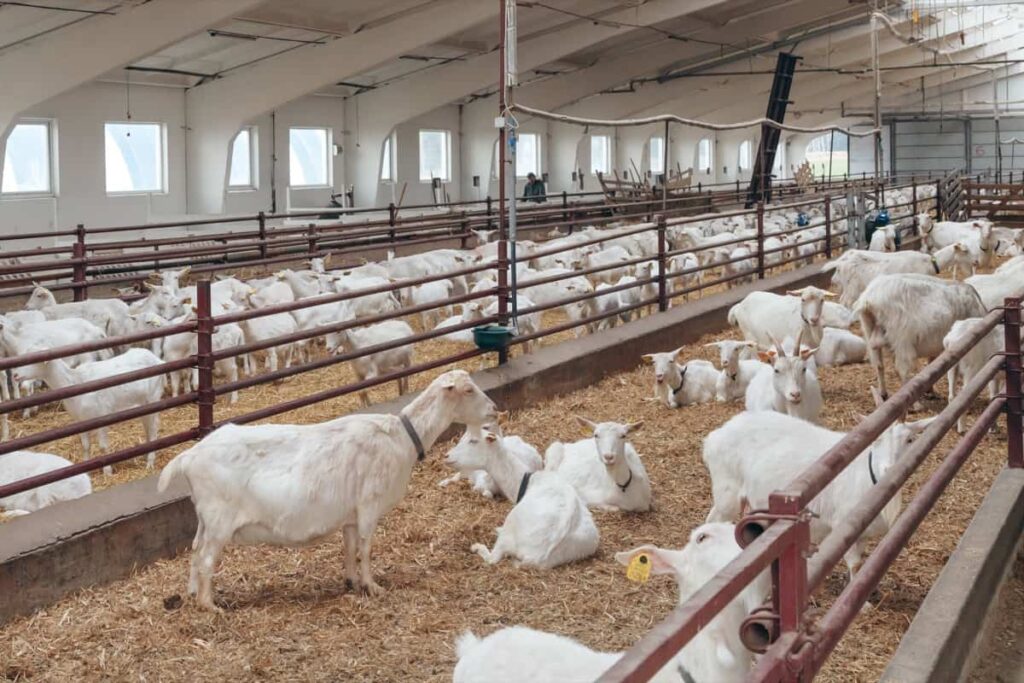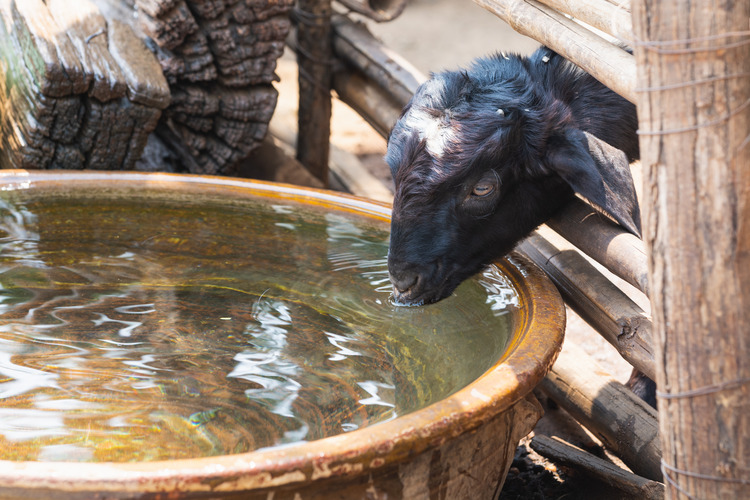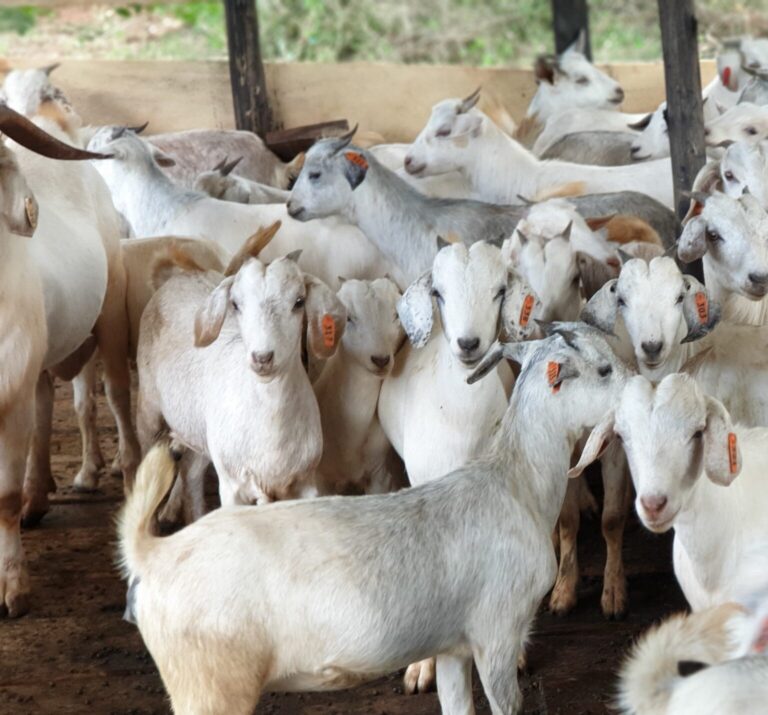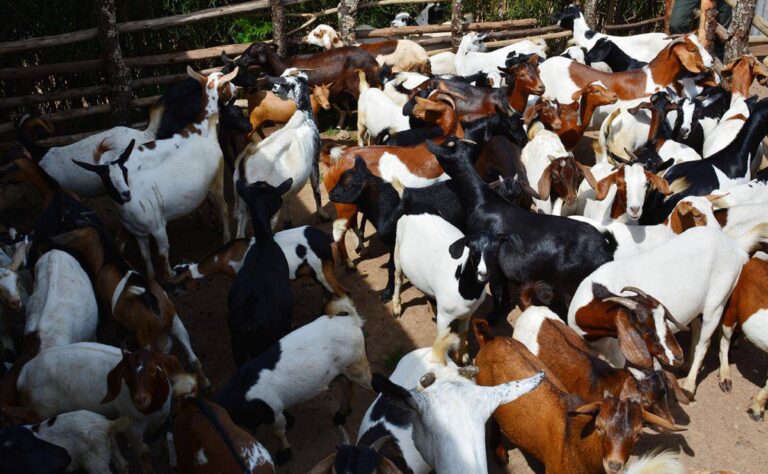Feeding goats successfully requires more than just a set ration. It demands flexibility.
As the seasons change, so do the quality and quantity of available forage, the nutritional demands of your goats, and the challenges of maintaining their health. The key to consistent performance year-round lies in adjusting your feeding strategy for wet and dry seasons.
This guide outlines a clear, practical approach to seasonal goat feeding, ensuring your herd stays productive, healthy, and profitable in any weather.
Seasonal Challenge in Goat Farming
Goats are resilient and adaptable animals, but their productivity is closely tied to what they eat.
During the wet season, pasture and browse are plentiful, green, and protein-rich. But during the dry , season, grasses become fibrous, water sources dry up, and feed options dwindle; causing weight loss, poor fertility, low milk yield, and weak kids if nutrition isn’t adjusted.
That’s why a proactive, season-specific feeding plan is essential to prevent setbacks and take advantage of seasonal gains.
Wet Season Feeding Plan
The wet season (typically spring through early fall, depending on region) is a period of high forage availability, which makes it ideal for cost-effective feeding and pasture-based management.
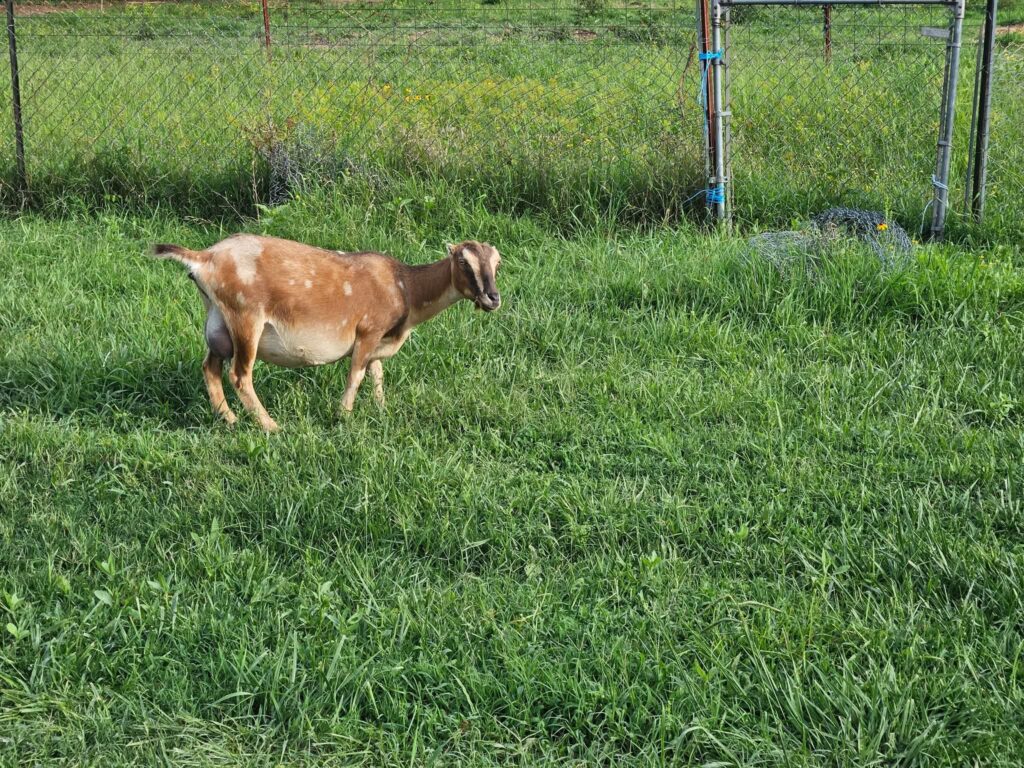
What to Expect
- Lush green grasses and legumes in pastures
- High moisture content in plants (lowers dry matter intake)
- Rapid growth in goats, especially kids and young does
- Reduced need for supplemental feed
Feeding Strategy
- Graze Strategically: Implement rotational grazing to prevent overgrazing and allow pasture recovery. Move goats every 3–5 days to fresh paddocks.
- Supplement Lightly: Concentrate feeding can be minimized, especially for bucks and dry does. Pregnant or lactating does may still need grain or high-protein supplements, but at reduced levels.
- Watch for Bloat: Young legumes like clover or alfalfa can cause frothy bloat. Allow goats to graze when pastures are dry and mature, or feed hay first to reduce risk.
- Encourage Mineral Intake: Due to high water content in wet forage, free-choice mineral supplements are even more important to balance nutrient levels. Salt blocks can also stimulate drinking.
- Prepare for the Dry Season: Use this time to cut, dry, and store hay from excess pasture growth. Also collect crop residues like groundnut haulms, maize stalks, or sorghum tops for later use.
Dry Season Feeding Plan
The dry season brings heat, drought, and poor pasture quality. Forage becomes coarse, protein levels drop, and weight gain stalls. Without adjustment, goats begin losing condition rapidly.
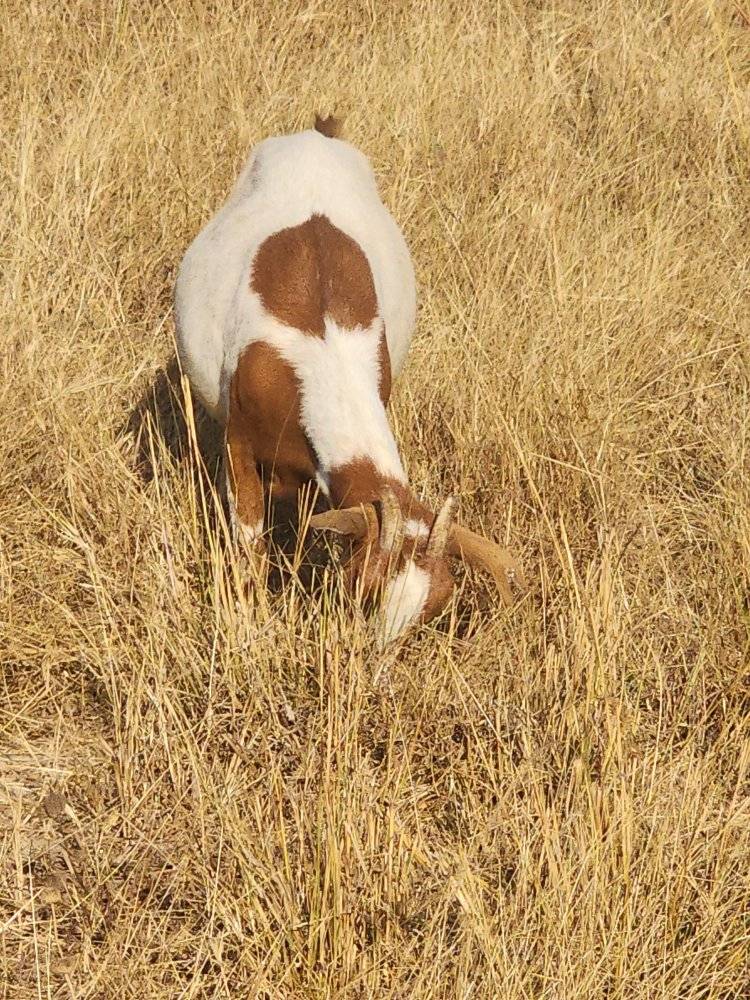
What to Expect
- Dry, fibrous grasses with low nutritional value
- Increased risk of malnutrition, especially for lactating does and kids
- Higher water demand but reduced availability
- Lower feed palatability and intake
Feeding Strategy
- Introduce Stored Forage: Feed hay, silage, or crop residues such as maize stover or bean haulms. Prioritize legume-based hay for its higher protein content.
- Boost Energy and Protein: Add grains (corn, millet, sorghum) and protein-rich supplements like groundnut cake or cottonseed cake to the diet. A typical dry-season ration should provide 12–16% crude protein.
- Feed Tree Fodder: If available, offer leaves from drought-tolerant trees like leucaena, gliricidia, or moringa. These are rich in protein and help bridge the nutritional gap.
- Use Urea-Treated Straw (If Trained): For experienced farmers, treating straw with urea can improve digestibility and nutritional value. It should be done with care and fed in limited amounts.
- Conserve Water: Ensure goats have constant access to clean water. In the absence of fresh forage, water needs rise. If needed, feed wet mash or soak concentrates to improve hydration.
- Monitor Body Condition: Weigh goats monthly or assess body condition score (BCS). If losses persist, adjust rations or separate vulnerable animals (like pregnant does or weaned kids) for special feeding.
Transitioning Between Seasons
Goats require time to adapt from wet to dry feeding, or vice versa. A sudden shift can cause digestive upset, loss of appetite, or poor feed conversion.
To transition smoothly:
- Gradually reduce fresh pasture and introduce hay over 10–14 days as the rains end.
- During early rains, continue offering hay or dry feed alongside new pasture to prevent bloating or scouring.
- Adjust grain portions slowly as nutrient needs change.
Seasonal Tips for Breeding and Lactation
- Plan mating so that late pregnancy and early lactation coincide with the wet season, when feed is abundant. This reduces the cost and strain of dry-season kidding.
- If unavoidable, ensure pregnant and lactating does in the dry season receive high-quality concentrate and legume hay.
- Supplement minerals consistently year-round, especially calcium, phosphorus, and salt.
Wrapping Up
A good farmer feeds not just according to what’s available but according to what the season demands.
Goats thrive when their diets shift with their environment. By planning ahead, storing wisely, and adjusting rations with the weather, you can maintain steady growth, reproduction, and profitability all year long.
Related:

